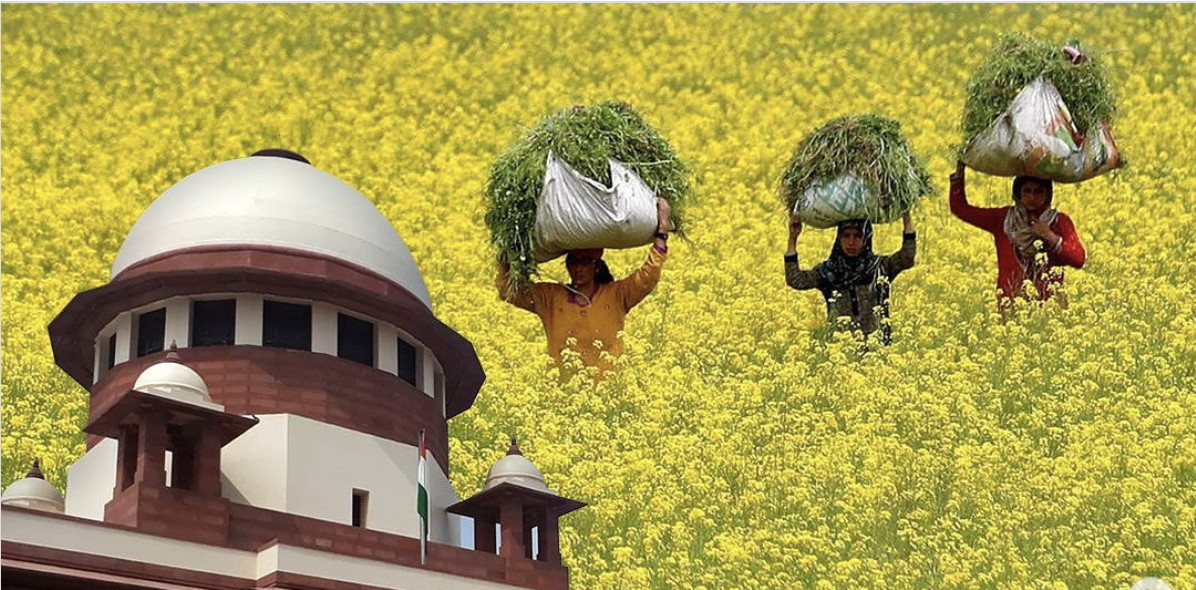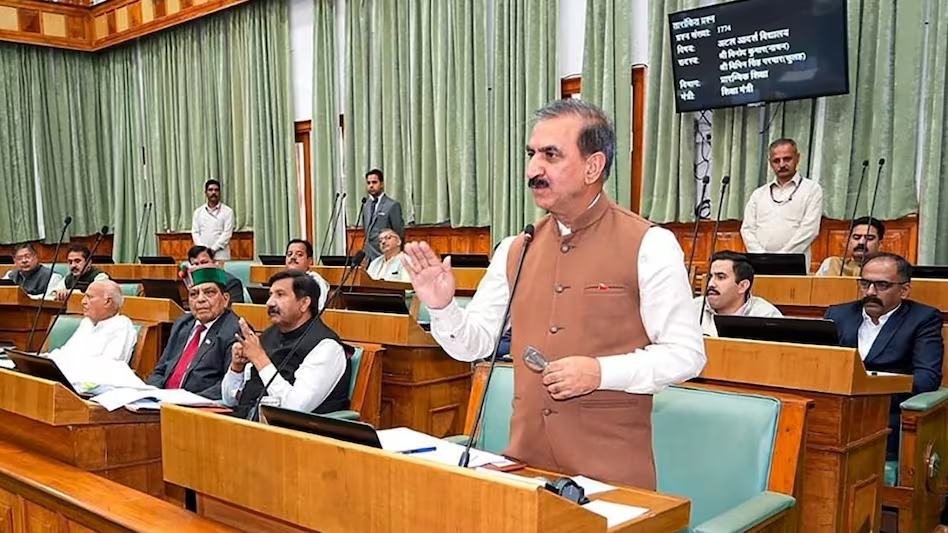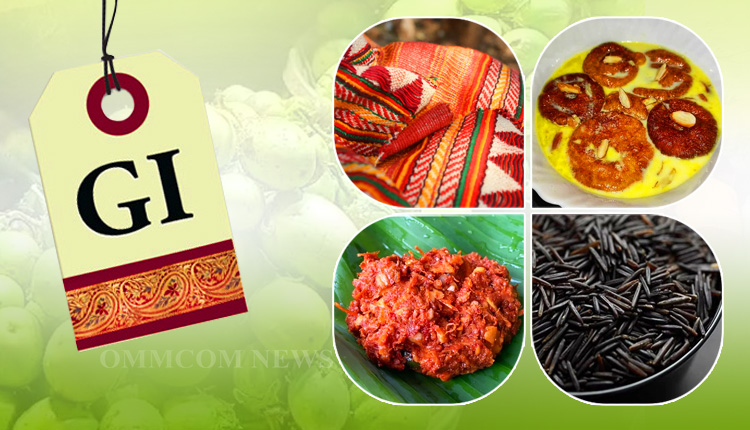- Courses
- GS Full Course 1 Year
- GS Full Course 2 Year
- GS Full Course 3 Year
- GS Full Course Till Selection
- Answer Alpha: Mains 2025 Mentorship
- MEP (Mains Enrichment Programme) Data, Facts
- Essay Target – 150+ Marks
- Online Program
- GS Recorded Course
- Polity
- Geography
- Economy
- Ancient, Medieval and Art & Culture AMAC
- Modern India, Post Independence & World History
- Environment
- Governance
- Science & Technology
- International Relations and Internal Security
- Disaster Management
- Ethics
- NCERT Current Affairs
- Indian Society and Social Issue
- NCERT- Science and Technology
- NCERT - Geography
- NCERT - Ancient History
- NCERT- World History
- NCERT Modern History
- CSAT
- 5 LAYERED ARJUNA Mentorship
- Public Administration Optional
- ABOUT US
- OUR TOPPERS
- TEST SERIES
- FREE STUDY MATERIAL
- VIDEOS
- CONTACT US
Supreme Court's Split Verdict on GM Mustard
Supreme Court's Split Verdict on GM Mustard
26-07-2024

The Supreme Court's recent split verdict on the approval of genetically modified (GM) mustard has reignited the debate on GM crops in India. The court's decision highlights the need for a comprehensive national policy on GM crops, addressing concerns and ensuring responsible innovation.
Verdict Summary:
- The Supreme Court delivered a split verdict on the Centre's 2022 decision to approve the environmental release of GM mustard.
- The court directed the Centre to formulate a national policy on GM crops, covering research, cultivation, trade, and commerce.
- The policy should be developed in consultation with experts, state governments, and farmers' representatives.
- A national consultation should be conducted, ideally within the next four months.
Background
- The Genetic Engineering Appraisal Committee (GEAC) recommended the release of GM mustard on October 18, 2022.
- The environmental release of GM mustard hybrid DMH-11 was approved on October 25, 2022.
- GM mustard is developed to increase yields and make the crop herbicide-tolerant.
Next Steps
- The case will be referred to a three-judge Bench to be constituted by the Chief Justice of India for further consideration.
GM Crops in India: A Mixed Bag
-
Bt Cotton:
- Introduced in 2002
- Developed to combat the bollworm pest
- Incorporates a gene from the bacterium Bacillus thuringiensis (Bt)
- Reduces insecticide use and increases yields
- Concerns about pest resistance and high seed costs persist
-
Bt Brinjal:
- Approved in 2009
- Developed to resist the fruit and shoot borer
- Incorporates a gene from Bacillus thuringiensis
- Moratorium imposed in 2010 due to environmental and health safety concerns
-
Golden Rice:
- Designed to combat vitamin A deficiency
- Produces beta-carotene, a precursor of vitamin A
- Regulatory approval pending
-
Dhara Mustard Hybrid-11 (DMH-11):
- Developed by the University of Delhi's Centre for Genetic Manipulation of Crop Plants (CGMCP)
- Approved by GEAC in 2017
- Concerns about its potential impact on biodiversity, honey production, and farmers' livelihoods
The GEAC: A Key Player in GM Crops Regulation
- Constituted under the "Rules for the Manufacture, Use/Import/Export and Storage of Hazardous Microorganisms/Genetically Engineered Organisms or Cells, 1989"
- Responsible for the appraisal of activities involving large-scale use of hazardous microorganisms and recombinants
- Assesses proposals for the release of genetically engineered organisms and products into the environment
A National Policy on GM Crops: The Way Forward
- The Supreme Court's directive for a national policy on GM crops is a step towards addressing concerns and streamlining regulation.
- The policy should balance innovation with caution, ensuring that GM crops benefit farmers, consumers, and the environment.
Timeline of GM Crops in India:
- 2002: Introduction of Bt cotton
- 2006: Public Interest Litigation (PIL) against GM crops in the Supreme Court
- 2007: GEAC recommends commercial release of Bt brinjal
- 2010: Moratorium on Bt brinjal due to lack of consensus
- 2012: Parliamentary Standing Committee recommends ending GM field trials
- 2013: Supreme Court-appointed expert panel suggests 10-year moratorium on GM crop trials
- 2014: Field trials resume
- 2016: GEAC approves field trials for GM mustard
- 2020: Environment Ministry approves GM mustard for environmental release
- 2022: Continued debates and research on GM crops like GM mustard and Bt brinjal, with ongoing trials and regulatory reviews.



